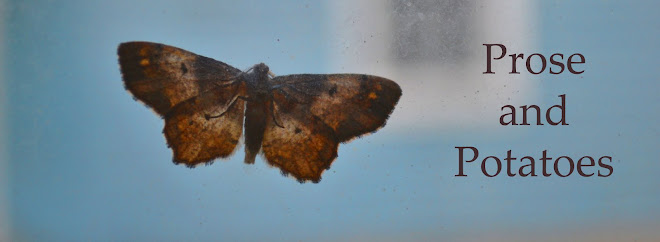Cabbage has been far too under appreciated. I suppose the stench of boiled cabbage contributes to its bad image. Cabbage's connotation of poverty has not helped its reputation very much either. However, being the unemployed waif that I am, I am suddenly enamored with the brassica. It could just be that I'm spending too much time "cabbaging about" on the couch as the British would say. Still, when I saw heaps of cabbage heads at the farmer's market, I was charmed. These were not the cellophaned, sterile looking heads of cabbage at the Kroger. No, these were magical heads of cabbage. Their dark green leaves were still attached, un-furling themselves to show the promise of the cabbage crown, the pate of tightly curled, spicy crunchy vegetable. These were romantic cabbages. Cabbages that made me understand the French endearment: "mon petit chou." Upon reflection, my fantastical preoccupation with cabbages, probably stems from the fact I turned 4 years old at the height of the Cabbage Patch Kids craze. Again, these food moments of remembrance past continue to resurface.
I bought a gigantic cabbage weighting over 5 lbs for $1.50. Part of it went into the aforementioned Runzas, and with the rest of it, I made sauerkraut. Again, four-year-old Sarah surfaced. When I was little, I used to watch grandma Krahulik making sauerkraut. I remember her pulling the head of cabbage across an antique wood and steel mandoline that looked like a medieval torture devise--that is if one had a childishly overactive imagination and fancied a human head in place of the cabbage head, and blood instead of thin shreds of cabbage leaves. Then, throwing all the cabbage together with salt and waiting for it to ferment, essentially practicing controlled food spoilage makes sauerkraut making seemed a bit--well, edgy.
It's not. In fact, making sauerkraut has seems to fall comfortably into the category of domesticity that contains folding dish towels or kneading bread dough. Simple and ordinary and comforting.
Making sauerkraut is ridiculously easy. (So far. I still have to let it ferment completely, which could take several weeks.)
 Un-Edgy Sauerkraut
Un-Edgy SauerkrautIngredients:
1, 5lb cabbage, chopped or sliced into thin shreds
3 T. salt
Special Equipment:
2 gallon, non-metallic container, impeccably clean (Preferable a ceramic crock, but glass or food-grade plastic will work too.)
Plate that will fit inside container.
Weight of some sort. (I used a 10lbs. hand weight, a large clean rock, or a gallon milk jug filled with water will work too.)
Clean kitchen towel or pillowcase.
Seasonings: (Optional)
caraway seeds
juniper berries
Mix chopped cabbage, salt, and seasonings together. Pack firmly in ceramic crock. Use your fists to punch cabbage firmly down. Place plate on top, and top with clean weight, cover with kitchen towel.
The salt will draw the water out of the cabbage, and the weight helps press the water out. Within 24 hours the briny cabbage water should total immerse the cabbage and the plate, if not add enough brine (1 cup water to 1 t. salt) to cover.
I've read that a moldy scum or "bloom" will develop on the surface brine, which, if it appears will have to be skimmed off.
Let ferment in cool spot for 1 to 4 weeks.... to be continued. I'll keep you posted.

1 comment:
So, are you going to make sauerkraut and dumplings? I remember making sauerkraut too. There are so many things you can do with it. You do know now that you are not going to want to eat store bought sauerkraut. Mom
Post a Comment